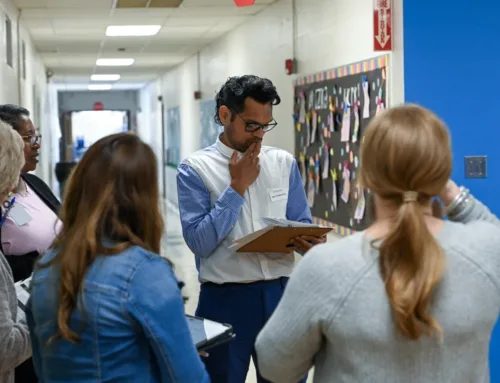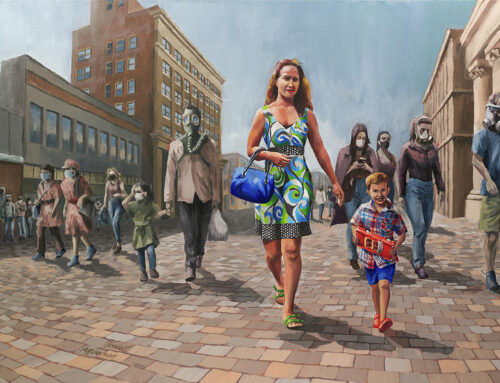What I’m learning about the work of white voice in DEI spaces
Equity work and equity learning were happenstance most of my life. While I believed that I was “racially woke” I continued to have disturbing inputs from others about how I was doing harm to people of color. This feedback always clashed with my sense of who I was in the world like a big “CLANG” that led to all the things Robin DeAngeles writes about as the white person’s fragile response – tears, defensiveness, and justification.
But somewhere in this early journey I did wake up to the awareness that if I truly was “antiracist” – there was something I needed to do to align my actions with my values. I committed to an equity journey with Emily Roh, whose approach was to love me while I blundered and explored my place in equity, to unpack these moments when I’d received painful and important feedback about how I was holding White Supremacy Norm Culture values (perfectionism, one right way, urgency) that harmed colleagues and friends I loved and respected.
I learned that my equity work was a “Both/And” – I COULD be a person who stood for equity AND someone that perpetuated racist harm. I COULD value the intelligence and work of colleagues and teammates AND undermine their confidence while communicating that their way was not the right way. This personal journey work was hard. It was painful to reconcile these both/and realities and to map out reconciliation and repair work.
Then something important happened… I read a post on LinkedIn by a white guy who had been receiving equity coaching. In a word he said something like, “what are we doing with all our learning?” When do we put this journey work to use to do our part? How can we “learn” and then sit idly by while people of color toil at DEIB work aimed to ‘fix oppression’ while being oppressed daily?
With my equity coach, I began to wrestle with this. My out-loud arguments were…
- But don’t people of color deserve the funds and opportunities that DEI work, if I step into this space, I’m stealing from them!
- Who am I to lead equity work when I’ve been one to create racist harm?
- What will people who I harmed think of me leading equity work? They’ll know I’m an imposter!
- What if I say or do the wrong thing, inject further racist thoughts into a group that then causes more harm while they ‘think it’s equity-right’ because it came from me?
My quiet in-mind arguments were… you can’t possibly carry this.
My coach and I began to envision what this could look like, why it might be the most important work to do, why it not only wasn’t stealing from DEI practitioners of color – but instead was necessary to their survival. With her help, I landed my first equity leadership work supporting white people on a path to antiracism.
And all of those arguments lived in this body.
I felt like an imposter until I didn’t.
I worried about missteps and learned from my mistakes.
I used my journey work of seeing and reconciling my identity AND my racism as a welcome sign to other white folks that we don’t do equity work from a place of perfection – we do it with loads of accidental injury.
By my own path being littered with harm I was able to make it ok for white folks to recognize and name the harms they perpetuate while safeguarding against the identity crisis and guilt/blame so loud that we back away and avoid our deepest learning and self-correction. I was able to design a path for learning, a container for discussions, that mirrored what I needed for my own journey work. And I was able to occupy that space, a place of emerging white awareness that’s messy and oppressive – without being oppressed.
I was able to carry that work so that people of color don’t have to.
I’ve come to realize that this is my greatest commitment to reconciliation. I cannot go back and undo the harm I caused people of color. I can’t remove my racist actions from their lived experience and my contribution to the thousand blows that break the spirit. But I can work tirelessly, purposefully, and courageously to help others along their own journey – so they too can find real ways to reconcile and repair. And I can love White folks as they do this work, similar to how Emily loved me as I did the work. I can help them contend with their ‘both/and’ – that it’s possible to be an antiracist ideologue and racist white person at the same time. I can inspire them, over time, to reduce the ways they do harm and take on their own reconciliation work.



